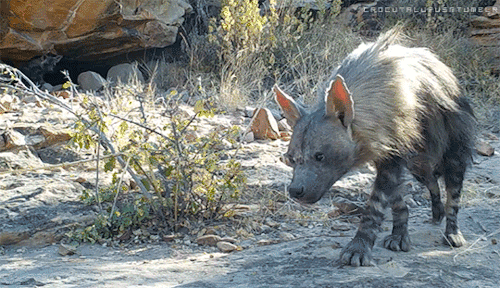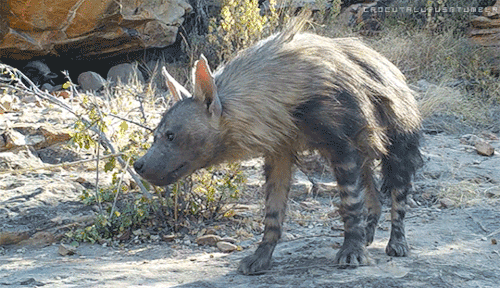A Fórmula Simplificada Da Fotossíntese é A Seguinte:
A fórmula simplificada da fotossíntese é a seguinte:
6 CO2 + 12 H20 => C6H12O6 + 6 O2 + 6 H2O
http://www.mundoeducacao.com.br/biologia/fotossintese.htm
More Posts from Iphleandro-blog and Others
Mathematical Curiosities
More number patterns
With 9s we can produce another aesthetically pleasing pattern shown below.
999,999 · 1 = 0,999,999
999,999 · 2 = 1,999,998
999,999 · 3 = 2,999,997
999,999 · 4 = 3,999,996
999,999 · 5 = 4,999,995
999,999 · 6 = 5,999,994
999,999 · 7 = 6,999,993
999,999 · 8 = 7,999,992
999,999 · 9 = 8,999,991
999,999 · 10 = 9,999,990
Here is another number pattern, where the number 9 is multiplied by a number representing the consecutive natural numbers- increasing by 1 each time- and then added to the initial natural numbers consecutively.
0 · 9 + 1 = 1
1 · 9 + 2 = 11
12 · 9 + 3 = 111
123 · 9 + 4 = 1111
1234 · 9 + 5 = 11111
12345 · 9 + 6 = 111111
123456 · 9 + 7 = 1111111
1234567 · 9 + 8 = 11111111
12345678 · 9 + 9 = 111111111
We can consider number patterns that can be generated in a similar fashion, yet somewhat in the reverse of the previous one. However, this time the generated number consist of all 8s.
0 · 9 + 8 = 8
9 · 9 + 7 = 88
98 · 9 + 6 = 888
987 · 9 + 5 = 8888
9876 · 9 + 4 = 88888
98765 · 9 + 3 = 888888
987654 · 9 + 2 = 8888888
9876543 · 9 + 1 = 88888888
98765432 · 9 + 0 = 888888888
Now that we have introduced the 8s in a rather dramatic fashion, we shall use them as the multiplier with the numbers consisting of increasing natural numbers, and each time adding successive natural numbers. Appreciating the number pattern shown here is more pleasing than trying to explain this phenomenon, which could conceivably detract from its beauty.
1 · 8 + 1 = 9
12 · 8 + 2 = 98
123 · 8 + 3 = 987
1234 · 8 + 4 = 9876
12345 · 8 + 5 = 98765
123456 · 8 + 6 = 987654
1234567 · 8 + 7 = 9876543
12345678 · 8 + 8 = 98765432
123456789 · 8 + 9 = 987654321
Content credit: Mathematical Curiosities A Treasure Trove of Unexpected Entertainment



LEGO Nautilus, Ammonite, and Trilobites
Created by Tim Goddard

The fittest fit girls



Mood

A short note on how to interpret Fourier Series animations
When one searches for Fourier series animations online, these amazing gifs are what they stumble upon.
They are absolutely remarkable to look at. But what are the circles actually doing here?
Vector Addition
Your objective is to represent a square wave by combining many sine waves. As you know, the trajectory traced by a particle moving along a circle is a sinusoid:

This kind of looks like a square wave but we can do better by adding another harmonic.

We note that the position of the particle in the two harmonics can be represented as a vector that constantly changes with time like so:

And being vector quantities, instead of representing them separately, we can add them by the rules of vector addition and represent them a single entity i.e:



Source
The trajectory traced by the resultant of these vectors gives us our waveform.
And as promised by the Fourier series, adding in more and more harmonics reduces the error in the waveform obtained.


Have a good one!
**More amazing Fourier series gifs can be found here.



Some sceneries and living spaces.
I wanted to get some ideas/feelings out of head and to try out some new techniques.
Full-resolutions: 1 2 3


x
-
 iphleandro-blog reblogged this · 7 years ago
iphleandro-blog reblogged this · 7 years ago -
 processoenergeticocelular-blog reblogged this · 13 years ago
processoenergeticocelular-blog reblogged this · 13 years ago